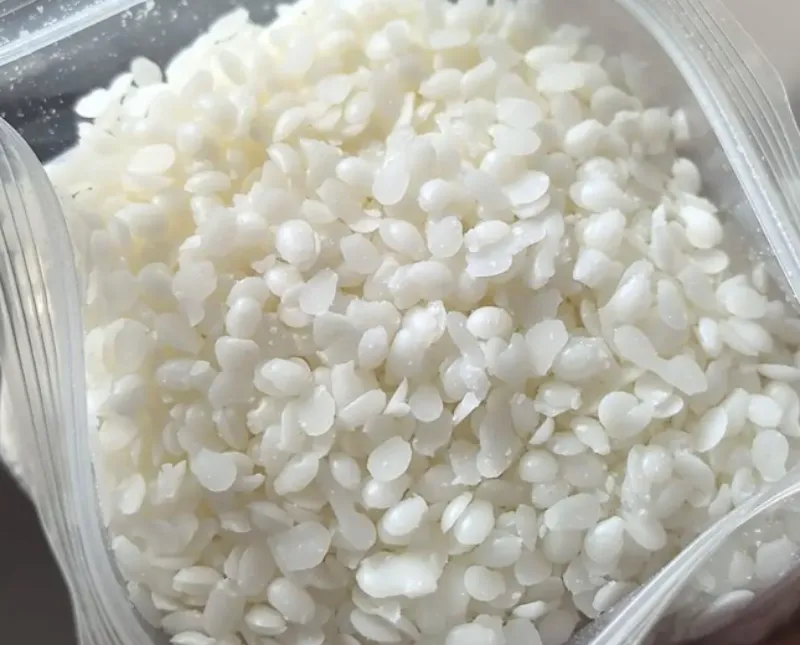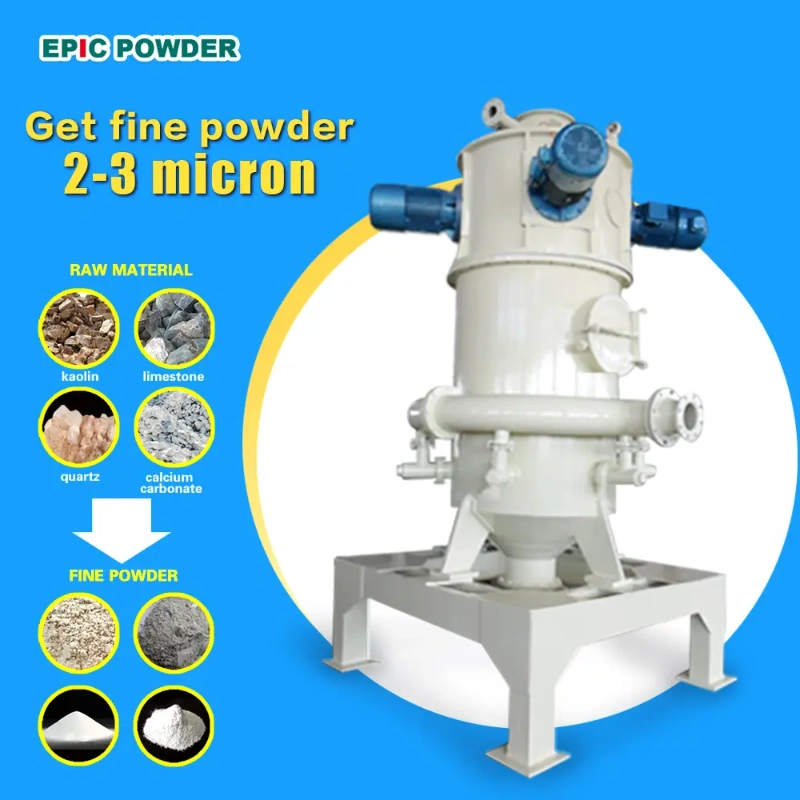新素材の分野では、「産業のMSG」として知られる重要な添加剤が存在します。 PTFEワックス 粉この白色粉末状樹脂は、テトラフルオロエチレンを制御重合して得られた分散液を凝固、洗浄、乾燥することで製造されます。耐熱性、耐候性、耐寒性、低摩擦性、非粘着性など、優れた特性を有しています。 化学薬品 安定性、電気絶縁性にも優れています。また、平均抵抗が小さいため、 粒子サイズPTFEワックスパウダーは分散性に優れており、他の材料と均一に混合しやすいです。

ワックスパウダーの製造工程
物理的方法
ワックスパウダーは機械的または ジェットミル蒸発と沈殿、あるいは溶融プロセス。例えば、パラフィンや ポリエチレンワックス 粉砕・分級することで、ミクロンレベルの粒子径を実現できます。この方法はシンプルですが、製品の品質が 広い 粒子サイズ 分布、不規則な形状、分散性の悪さ.
化学試薬法
このプロセスでは、化学薬品を用いて溶解した分子状態からワックス微粒子を徐々に生成します。 ナノスケールの微粒子ワックスしかし、そのプロセスは複雑でコストがかかります。
重合法または分解法
マイクロ化ワックスは、重合または分解によっても製造できる。 PMMA微粒子ワックス, 分子量制御PP、PE、PTFE微粒化ワックス、 そして アクリレートワックス.
例えば、ポリエチレンワックスは次のように合成できる。 高圧または低圧重合.
- 高圧重合により、密度と融点が低い分岐 PE ワックスが生成されます。
- 低圧重合により、比重の低い線形 PE ワックスが生成されます。
低圧法で製造されたPEワックスの中でも、密度によって物理的特性は異なります。密度が低い(結晶度が高く、分岐が少ない)PEワックスは、 より硬く、より耐摩耗性に優れているただし、滑りや摩擦を軽減する特性は若干弱くなります。
アプリケーションシナリオ

ワックスパウダーは、さまざまな業界で広く使用されています。
1. コーティング業界
- マット剤: 光を散乱させてツヤを抑え、マットな仕上がりを実現します。
- 摩耗防止剤: 耐摩耗性を向上させ、 コーティング 人生。
- アンチブロッキング剤: 表面エネルギーを下げて層間の接着を防ぎます。
2. プラスチック産業
- 潤滑剤: 処理フローと生産効率を向上させます。
- 離型剤: 製品と金型の固着を防止します。
- 帯電防止剤: 表面抵抗を低減し静電気の発生を防止します。
3. 繊維産業
- 柔軟剤: 生地に柔らかく滑らかな感触を与えます。
- 撥水: 耐水性が向上します。
- 難燃性: 生地の耐火性を高めます。
4. その他の分野
- 化粧品: 製剤の安定性と潤滑性を高めます。
- 食べ物: キャンディーやチョコレートの艶出し剤および固着防止剤として使用されます。
- 医薬品: 制御放出または標的薬物送達システムのキャリアとして機能します。
エピックパウダー
Epic Powderは、マイクロナイズドワックス製造のための高度な粉砕・分級技術を専門としています。超微粉体処理における20年以上の経験に基づき、PTFE、PE、その他のマイクロナイズドワックス向けにカスタマイズされたソリューションを提供し、お客様のニーズに合わせた均一な粒子サイズ、優れた分散性、そして高性能な結果を保証します。
